Ba Ria-Vung Tau province strives to basically meet the standards of a centrally-run city by 2030 and become a national maritime economic center and a maritime service center of the Southeast Asian region by 2050.
Ho Tram Beach is praised by the American press as an attractive destination in Asia. |
Soc Trang, Kon Tum, Ba Ria - Vung Tau strengthen propaganda about sea and islands |
On March 30, in Xuyen Moc district, Ba Ria - Vung Tau province, a conference will take place to deploy provincial planning and promote investment in Ba Ria - Vung Tau in 2024.
At the Conference, Ba Ria - Vung Tau announced the provincial planning approved by the Prime Minister in Decision No. 1269/QD-TTg dated December 16, 2023 to widely inform about the planning and socio-economic development strategy of Ba Ria - Vung Tau province to all people and businesses in the province as well as across the country. Thereby, strongly promoting investment promotion activities.
The Provincial People's Committee will also grant investment approval decisions, investment registration certificates, and cooperation agreements to investors in the province.
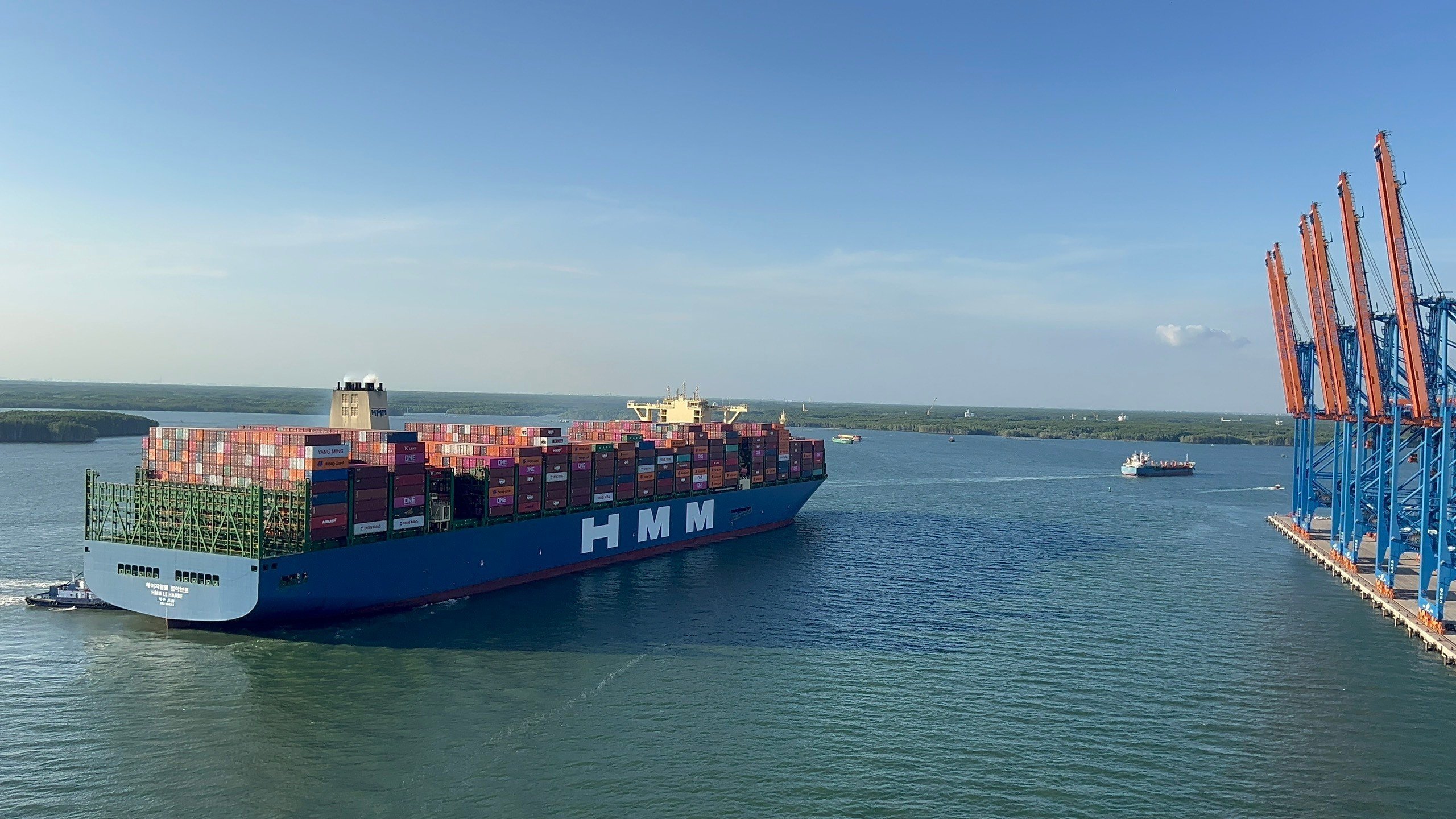 |
| The port system in Ba Ria - Vung Tau is located on the important maritime gateway connecting Vietnam to the world with a deep draft that can accommodate container ships of over 20,000 TEU. In the photo, the super ship HMM LE HAVRE with a length of 400m and a capacity of 24,000 TEU docked at Gemalink port. (Photo: Ba Ria - Vung Tau Newspaper) |
According to the planning of Ba Ria - Vung Tau province approved by the Prime Minister, by 2030 Ba Ria - Vung Tau will be built and developed comprehensively, becoming one of the important development driving forces for the Southeast region, the national marine economic center and among the top 5 localities with leading marine economic development in the country.
Ba Ria-Vung Tau basically meets the standards of a centrally-run city, with a multi-center urban structure and multi-modal transport infrastructure. Firmly maintaining its position in the group of 10 localities with the highest GRDP and total state budget revenue in the country. Economic development is in harmony with progress, social equity, improving people's quality of life and environmental protection, managing and effectively using resources, adapting to climate change and rising sea levels; ensuring national defense, security, firmly protecting sovereignty and territorial integrity.
By 2050, Ba Ria - Vung Tau will be the national maritime economic center; the maritime service center of Southeast Asia; a high-quality international tourism center; one of the major industrial centers of the Southeast region. It will have a complete and modern infrastructure system; a safe, clean, high-quality living environment; a society that develops in harmony with nature, an economy that develops effectively in the direction of a circular economy, a green economy, a low-carbon economy, and achieves the goal of achieving net emissions of "0".
According to the plan for developing socio-economic functional zones, Ba Ria-Vung Tau province organizes socio-economic activities according to 4 functional zones, including 3 mainland zones and 1 sea-island zone.
The planning of Ba Ria - Vung Tau province identifies three dynamic economic axes including: The dynamic economic axis of industry - Cai Mep - Thi Vai seaport associated with the inter-port traffic system and National Highway 51, focusing on developing a system of special national seaports, gateway port functions, and international transit.
Dynamic economic axis of industry - logistics along Bien Hoa - Vung Tau expressway and Ho Chi Minh City Ring Road 4, developing large-scale industrial - service - urban complexes in Phu My new city; developing high-tech industrial parks, new service urban areas in Cu Bi and Suoi Nghe (Chau Duc district); logistics area along Ho Chi Minh City Ring Road 4; provincial logistics centers in Chau Duc district.
The economic axis of coastal tourism along provincial road DT994 and the road connecting to Bien Hoa - Vung Tau expressway with the system of coastal tourism urban areas: Vung Tau, Long Hai, Phuoc Hai, Ho Tram, Binh Chau, complex tourist areas exploiting marine and forest resources; developing a chain of products on resort tourism, sea tourism, high-quality sports - entertainment tourism, cultural tourism, ecological tourism, medical tourism, health care, beauty...; connecting space and linking tourism development with localities in the Southeast region, the Mekong Delta, the South Central Coast and the Central Highlands.
The planning of Ba Ria - Vung Tau province also identifies plans for environmental protection, exploitation, use, protection of resources, biodiversity, prevention and control of natural disasters and response to climate change.
Source


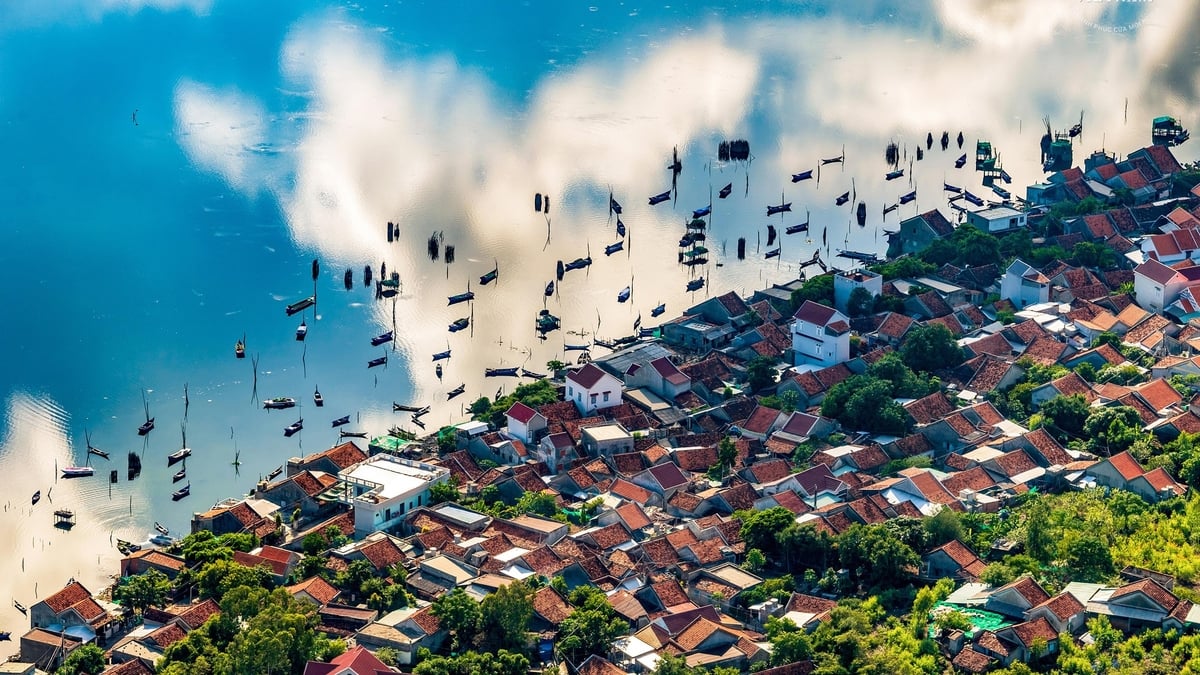
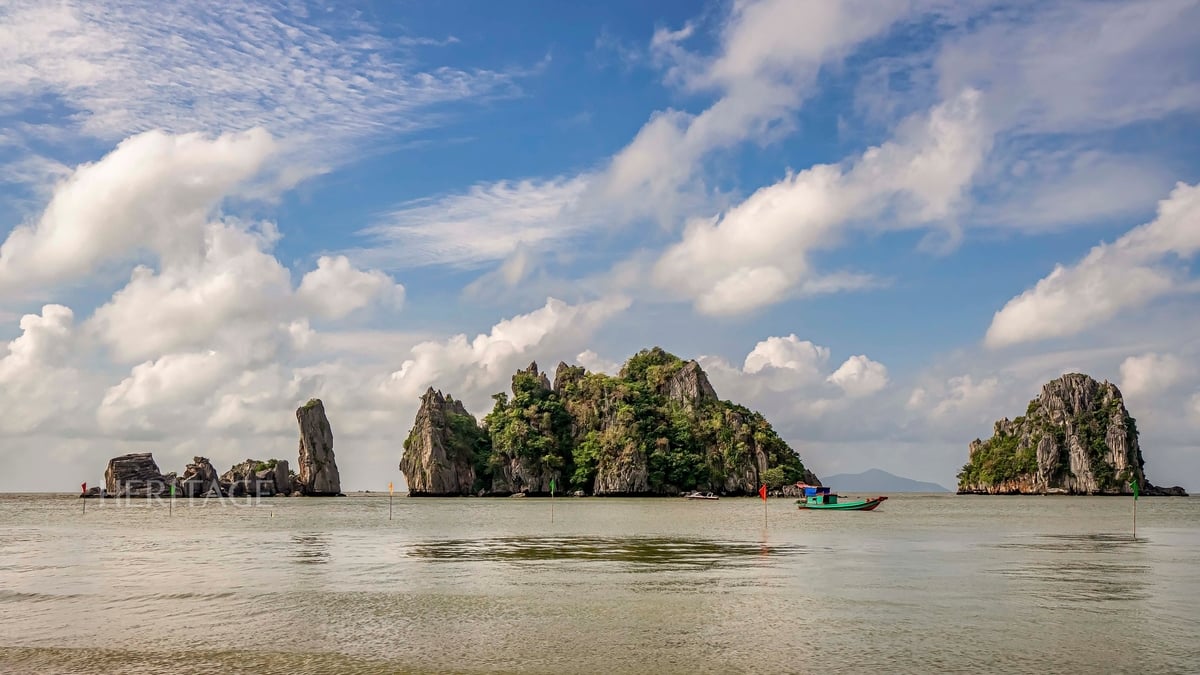





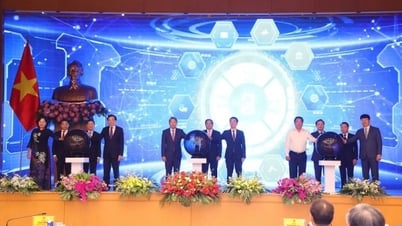
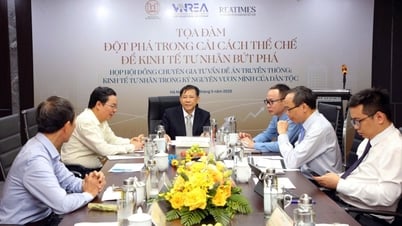
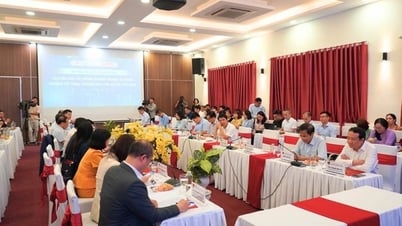
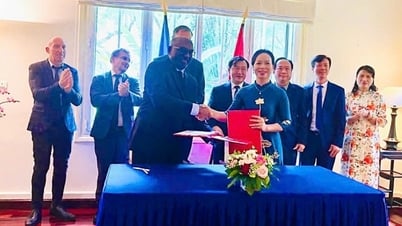
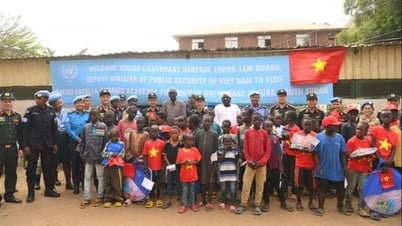





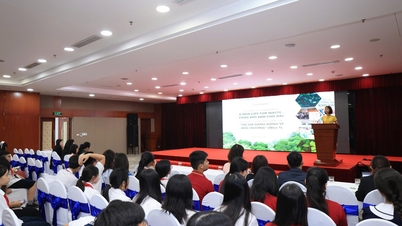
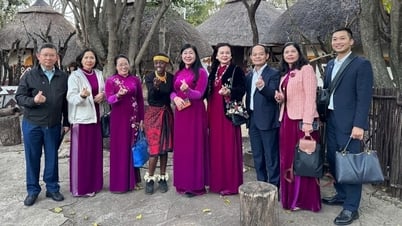
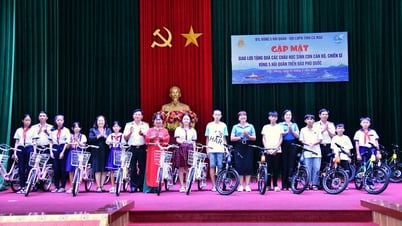


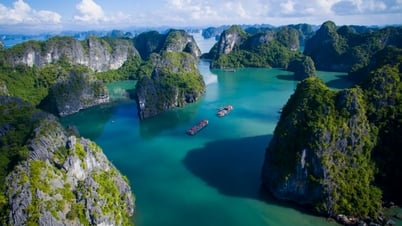

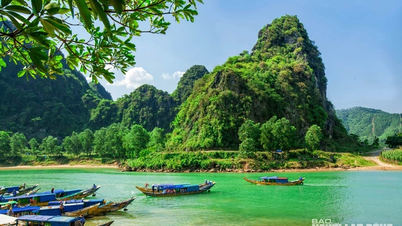








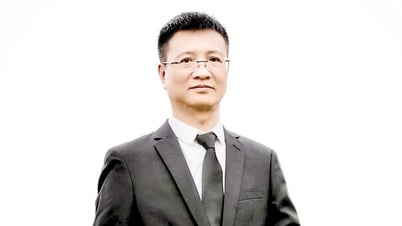



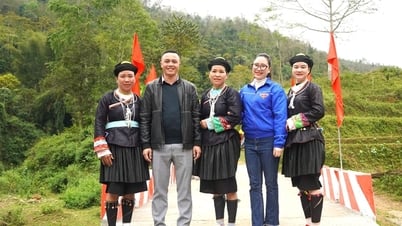

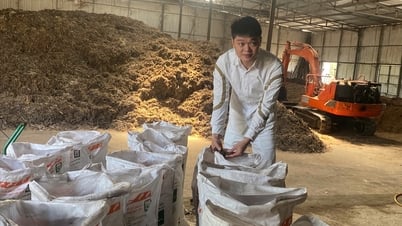





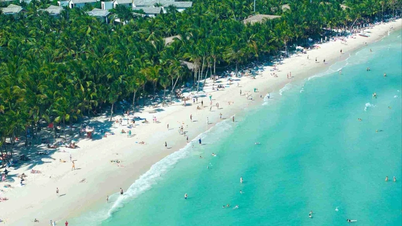




















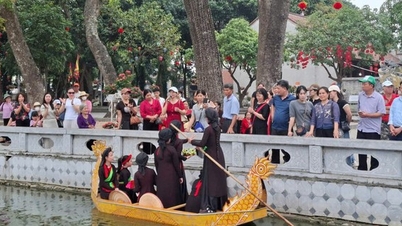
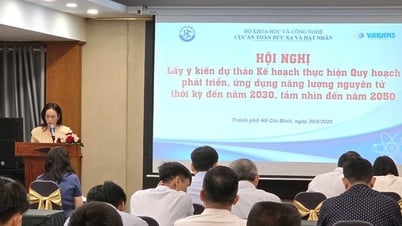

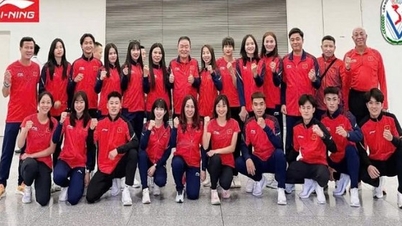

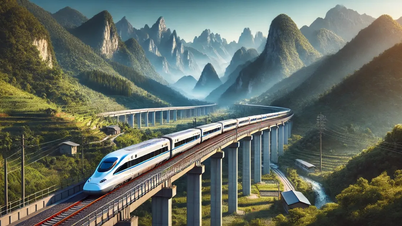

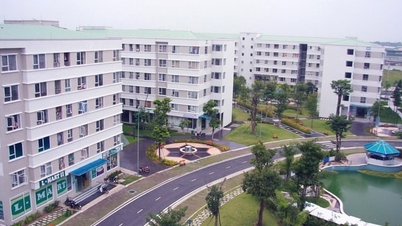

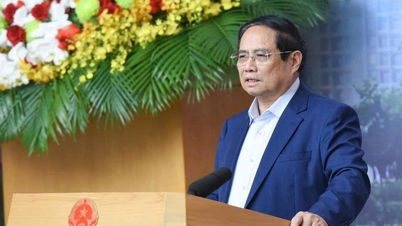

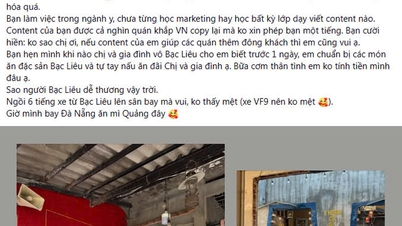
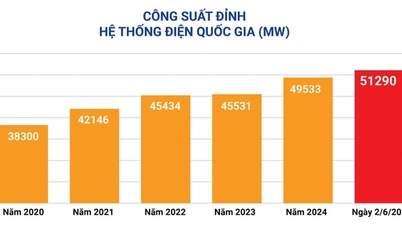
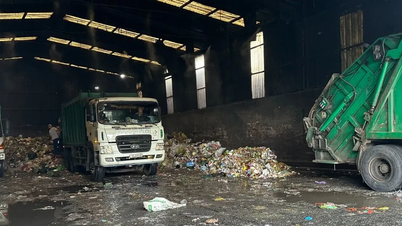









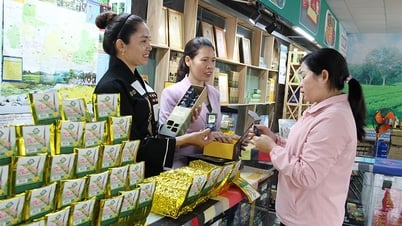




Comment (0)